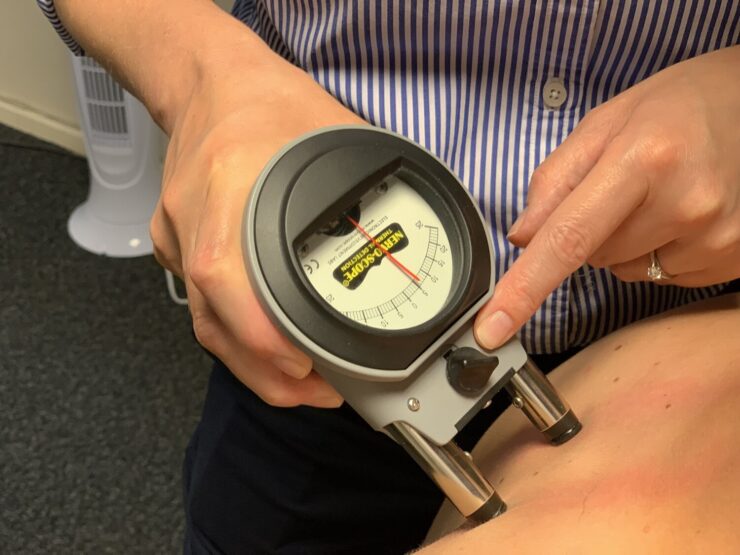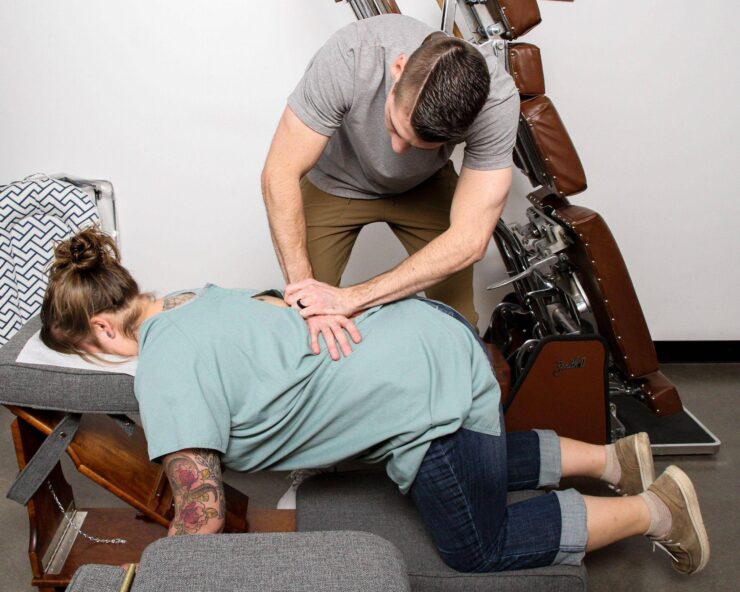Chiropractic treatment is an organized healthcare approach to restore the natural alignment of joints and the spine. It is a non-invasive method that helps the nervous system to function properly.
Traditional chiropractic care depends on hands-on compression and tension to relieve pain and increase mobility. Recently, the popularity of chiropractic care has increased manifold. Medical science has also progressed.
Modern methods can lead to unique solutions like a chiropractor for TMJ. Technological means of diagnosis are being combined with traditional hands-on adjustments in chiropractic care. These may include lab imaging, tests, temperature readings, and many more.
The Gonstead method is one such tool in chiropractic care. It includes the latest medical science and traditional hands-on practices. This helps to perform precise diagnosis of the affected muscles and correct treatment for long-lasting relief.
How Different is the Gonstead Method From Traditional Approaches?

Not all chiropractors use the same method of treatment. A majority of them use various gross manipulation techniques to improve spinal motion. The Gonstead technique, on the other hand, is way more different. It was discovered by Dr. Clarence Gonstead. He based his findings on clinical research, practice, and observation.
It combines scientific diagnostic approaches along with physical palpation. This technique is utilized by a chiropractor for TMJ or any other chiropractor to identify and correct the spinal misalignment that is causing an issue. It is considered by the majority of practitioners to be the best way to correct the spine.
So how is it foundationally different from traditional chiropractic approaches?
- Generally, a Gonstead chiropractor is trained and proficient in more methods of examination and adjustment than other chiropractors. It consists of a six-pronged approach including X-rays, temperature readings, observation, palpation, and others.
- A Gonstead chiropractor will perform a more specifically targeted adjustment. The more precise adjustment is made possible by uniquely thorough examinations employed.
- In this technique, the chiropractor uses modern diagnostic examination methods and protocols. This helps him/her to better identify the exact location within the spine that is the source of nerve obstructions, leading to discomfort.
- The Gonstead chiropractor provides an adjustment based on the biomechanics of the disc between the bones. This allows the spine to move in as a unit under normal conditions. Most chiropractors usually have only one table for adjustment. Gonstead Chiropractors have a combination of four adjusting tables and chairs.
The Six-Pronged Science Behind the Gonstead Method

The Gonstead method comprises six prongs of analysis of the spine. This leads the chiropractor to determine the locations of spinal nerve pressure. These diagnostic criteria make the treatment more unique and targeted towards each patient’s needs.
- X-rays ─ Full-spine X-rays including lateral and A-P views are done. This is essential to the Gonstead method as it allows the chiropractor to see the full spine and decide on the corrective measures required. Full spine X-rays reveal the exact number of alterations in the spine and vertebrae, the health of the discs, and any degeneration.
- Palpation ─ The Gonstead method utilizes both motion and static palpation of the spine to determine the precise locations of nerve pressure. Motion palpation is the literal physical technique that uses hands-on strategies. Here the chiropractor identifies the source of discomfort and its root cause. With the help of his/her hands, the doctor determines the location of misaligned joints and their range. Static palpation is the method in which the chiropractor lightly touches the spinal and surrounding muscles and tissues. This helps to determine the acute and chronic problems.
- Instrumentation ─ A Nervoscope is used to record temperatures of affected and unaffected areas. It is a dual probe tool used to note the difference in bilateral temperature along the normal and inflamed areas of the spine. The difference in the readings will determine the locations of spinal nerve pressure. This also determines whether the patient has undergone any chiropractic treatment recently.
- Visualization ─ Here the chiropractor takes note of the patient’s posture, gait, and the height between shoulders, ears, and hips. This information is then cross-checked with X-ray and palpation findings.
- Symptomology or case management ─ A comprehensive list of the patient’s symptoms is made and a road map towards recovery is made unique to his/her needs.

Conclusion
Modern chiropractic therapy combines the latest developments in medical science with conventional approaches for long-lasting relief. The six-pronged approach of the Gonstead method leads to more precise diagnosis and specific adjustments with the help of lab imaging and modern instruments.
The scientific measures taken in this method provide long-lasting relief from spinal discomfort.

